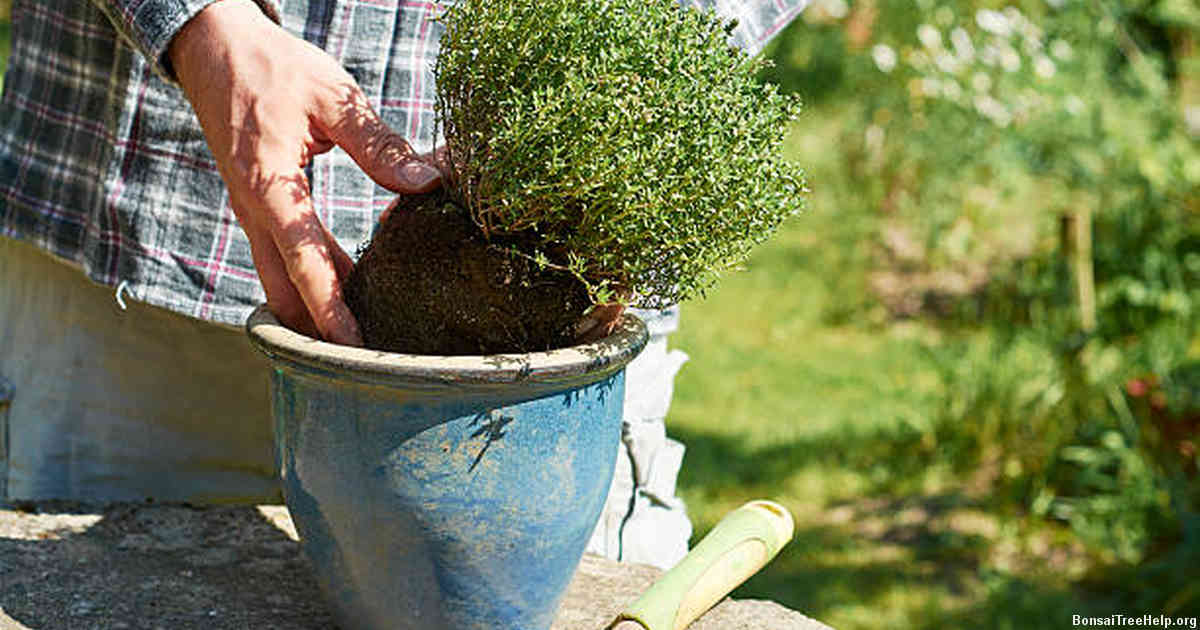
Bonsai is a Japanese art form that involves growing and shaping miniature trees in containers or small trays. The word bonsai literally translates to “planted in a container” from the two words “bon,” meaning tray, and “sai,” meaning planted. Bonsai is an ancient practice that dates back to over 2,000 years ago and has been passed down through generations of artisans. Today, bonsai is used not just for its aesthetic appeal but also as a way to practice mindfulness and nature appreciation.
Contents:
- The Art of Bonsai: Exploring Its Meaning and Culture
- Introduction to Bonsai Trees: The Living Art of Miniature Gardening
- The Historical Roots of Bonsai Tradition: Tracing Its Origin to Ancient China and Japan
- Relevance and Significance of Bonsai Today: A Popular Hobby among Nature Enthusiasts Worldwide
- Bonsai Techniques and Practices: Mastering the Art of Pruning, Wiring, and Shaping for Lifelong Care
- Symbolism in Bonsai Design: Interpretations Based on Cultural Beliefs, Aesthetics, and Personal Stories
- Bonsai Appreciation as a Mindful Practice: Reconnecting with Nature through Relaxed Observation
The Art of Bonsai: Exploring Its Meaning and Culture
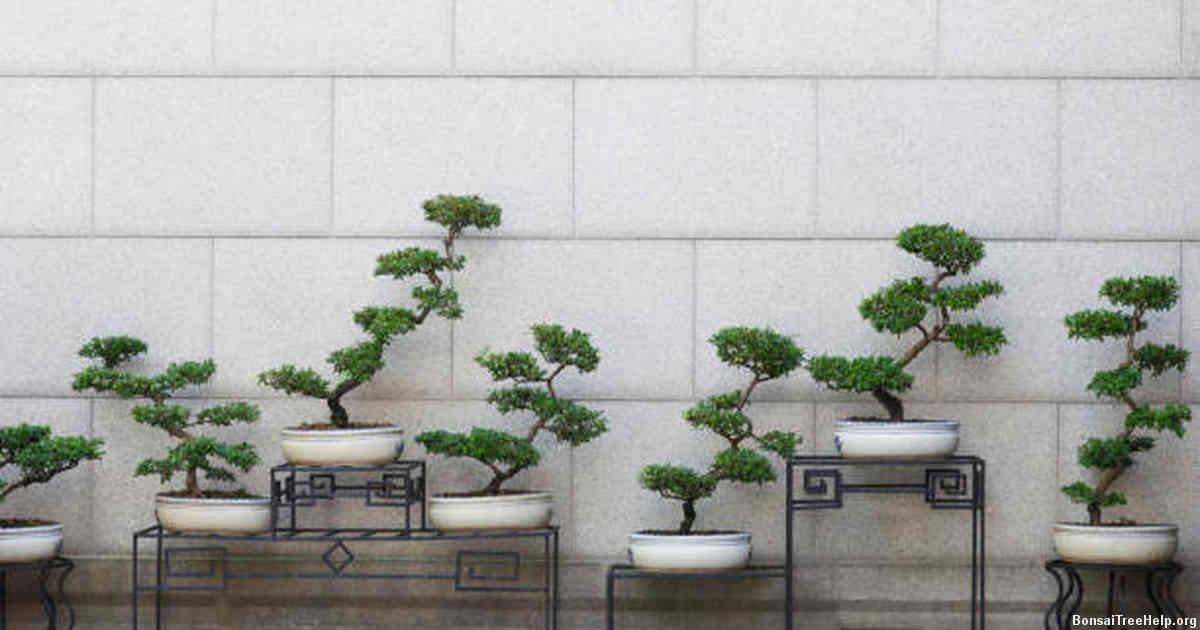
The traditional art of bonsai has been practiced in Japan and other parts of Asia for centuries. It is an ancient practice rooted in spiritual values, allowing practitioners to express their creativity while they cultivate trees into abstractly arranged shapes. Bonsai also has its origins from China, where the art form is known as penjing.
Today, the unique beauty and intricate attention to detail associated with bonsai create a special place for it within the world’s cultural landscape. Practitioners use various techniques such as pruning and wiring to grow plants into living sculptures that are visual representations of harmony and balance between nature and humanity. Many enthusiasts find satisfaction in creating miniature landscapes or forests on their windowsills or desktops out of carefully selected bonsai plants.
Although precise technique can vary greatly depending on climate conditions, soil composition, species type and other factors, certain core elements make up the foundation of what defines true bonsai growing: time-honored traditions like aesthetic considerations such as scale & proportion; creative yet disciplined trimming of branches & roots; composting methods designed to support healthy growth; precise repotting that allows the plant’s growth cycle to follow the seasons naturally. All these practices combine to create a work of living art crafted with patience by mindful hands over many years – one which truly tells a story about man’s relationship with nature.
Introduction to Bonsai Trees: The Living Art of Miniature Gardening

Bonsai trees are popular in many cultures and regions around the world, but their origin is rooted in Japan. Bonsai literally means “planted in a container” in Japanese, which reflects its defining feature: the art of growing trees or shrubs into miniature versions of their naturally large forms. This type of gardening isn’t just about aesthetics; it also involves learning how to properly cultivate a species to maintain its dwarf size while still retaining its vibrant characteristics. It’s all about balance and grace through thoughtful design and proper care.
Successfully mastering this art form requires patience and dedication–it can take several years for a bonsai tree to reach full maturity, depending on the species–but with time comes mastery, allowing you to bring forth your unique style and interpretation of what a beautiful plant should be. A traditional approach to creating bonsais has existed for centuries, where you might sculpt the growth into shapes such as umbrellas or cones. With modern methods, however, one can experiment with unorthodox styles that add an exciting flair to these living works of art.
The key element when caring for your bonsai is understanding its needs – watering levels vary by species and season – while also knowing when you need to prune it back or repot it so that it remains healthy and stylish at all times. This expertise allows aficionados like yourself to customize their plants further down the line according to any desired shape or structure without causing harm in any way whatsoever.
The Historical Roots of Bonsai Tradition: Tracing Its Origin to Ancient China and Japan
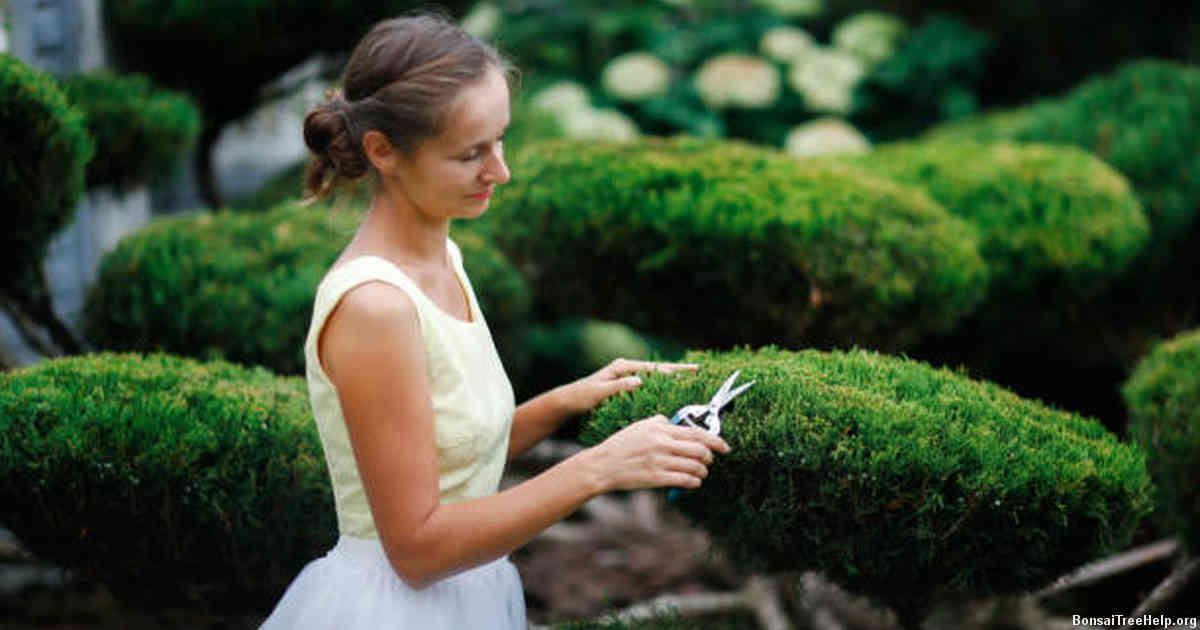
The art of bonsai has been present for centuries, with its historical roots tracing as far back as ancient China. This art form can be seen in many cultures throughout history, with records of the practice being established in both Chinese and Japanese societies. It is believed that during the Tang Dynasty (618–907) in China, it was common for Buddhist monks to use small potted trees to show their devotion to nature. Later on, bonsai reached Japan through direct contact between China and Japan’s nobility during the Kamakura period (1185-1333).
In Japan, this art began to be cultivated by aristocrats and samurai warriors who saw it as a way of pursuing perfectionism in miniature tree shapes. These individuals developed pruning techniques which enabled them to create unique styles such as slanted trunks or hanging roots. Through time, these unique designs helped establish a strong aesthetic tradition which still survives today in modern bonsai culture. Over the centuries, a variety of tools were used including more sophisticated ones like concave cutters and trunk splitters that are widely used today by enthusiasts all over the world.
As bonsai continued to evolve its purpose changed from religious symbols into an artistic medium used by gardeners around Asia and eventually across oceans later in history. Today’s wide range of bonsai types includes fan trained pine trees or rock planting styled hemlocks – all created through careful cultivation and shaping techniques known only to experts working within this fascinating field.
Relevance and Significance of Bonsai Today: A Popular Hobby among Nature Enthusiasts Worldwide
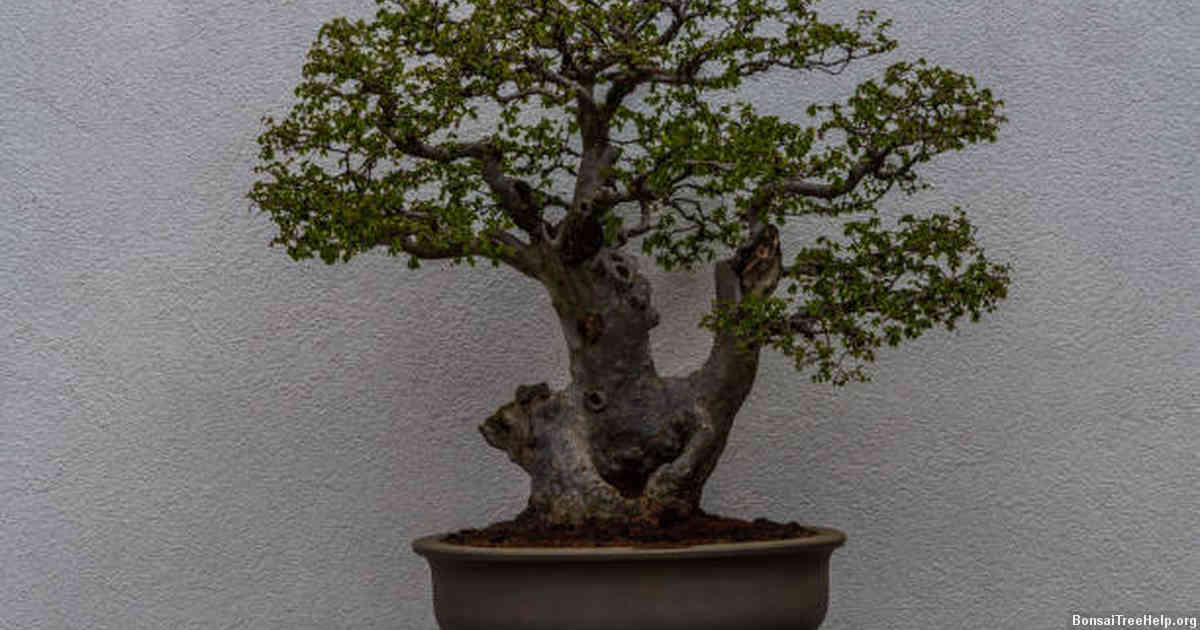
The cultural and traditional relevance of bonsai has grown to become a popular hobby throughout the world, especially among nature enthusiasts. From its intricate details to its emotional effects that it elicits from observers, this unique artistic approach remains as one of the most admired botanical expression since ancient times. As a practice that dates back centuries ago in Japan, this Eastern art form focuses on the representation of miniature trees with distinctive shapes inspired by natural elements like rocks and small animals.
With an expanding fanbase across all generations and cultures, its global reach is evidenced by various specialized competitions held annually in different countries. Each competition showcases exceptional specimens found worldwide through careful studies of native species and expressions such as Satsuki azalea tree bonsais or Japanese black pines known for their rugged-looking textures and branches. These formations represent masterful works of human creativity guided by a respect for nature’s majestic force while preserving both flora and fauna in miniature scale landscapes.
These tree forms appeal not only to professional connoisseurs but also to those newbies starting out on the exciting journey into bonsai sculpting. Subsequently, what once was considered just an abstract concept found mostly in Eastern civilizations has now been adopted across the globe; how it continues to evolve well beyond our imagination will remain remarkable for many years still.
Bonsai Techniques and Practices: Mastering the Art of Pruning, Wiring, and Shaping for Lifelong Care
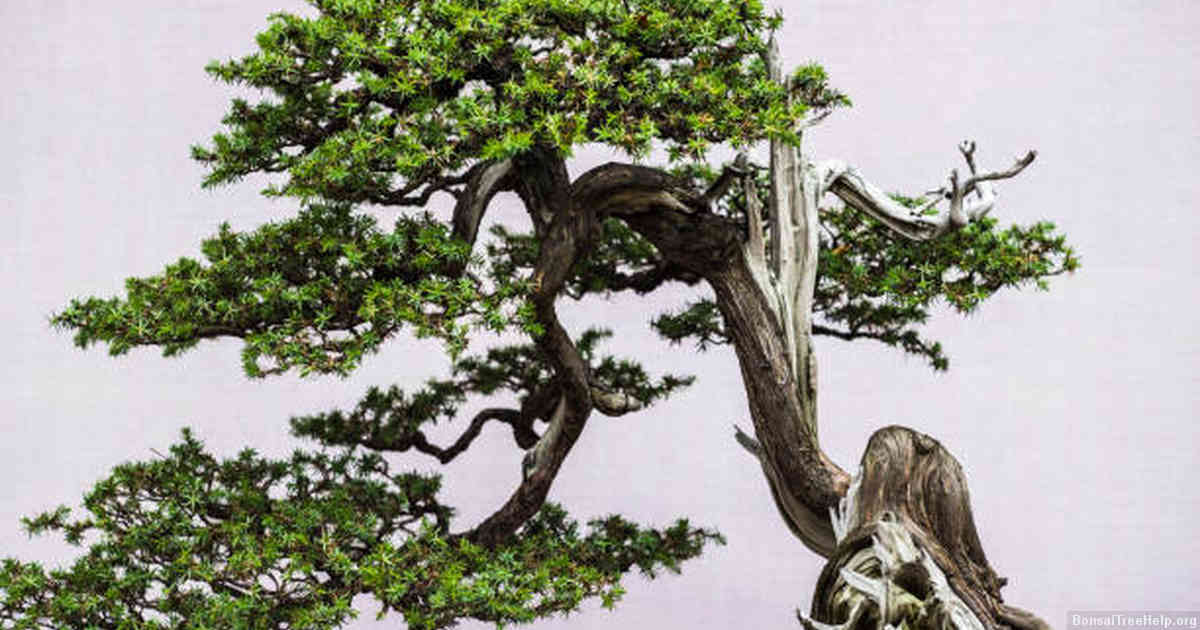
Bonsai is the centuries-old art of growing and maintaining miniature trees in containers. Not only is this a fascinating practice, but it can be extremely rewarding when done with dedication and patience. To truly master bonsai requires an understanding of various techniques, including pruning, wiring, and shaping for lifelong care.
Pruning is essential to the health of any bonsai plant; by removing weak branches or excessive foliage that distracts from the desired shape of your tree, you will help maintain its structure and healthy growth habits. It’s also important to ensure that new shoots are trimmed properly to keep them from diverging from the intended design. Wiring your bonsai plants can provide additional control over their shape and contour while encouraging strong branch development. This process involves wrapping flexible wire around larger branches in order to bend them into desirable angles; however, never use too much pressure as this could damage delicate tissue or prevent buds from forming correctly.
It’s important to keep up with regular maintenance such as fertilization and repotting when needed – both key components in keeping your plants healthy while taking into account seasonal changes such as light exposure levels throughout the year. With patience and consistency comes expertise: mastering these critical aspects of caring for a bonsai will eventually lead to beautiful results – so don’t hesitate to dive right in.
Symbolism in Bonsai Design: Interpretations Based on Cultural Beliefs, Aesthetics, and Personal Stories
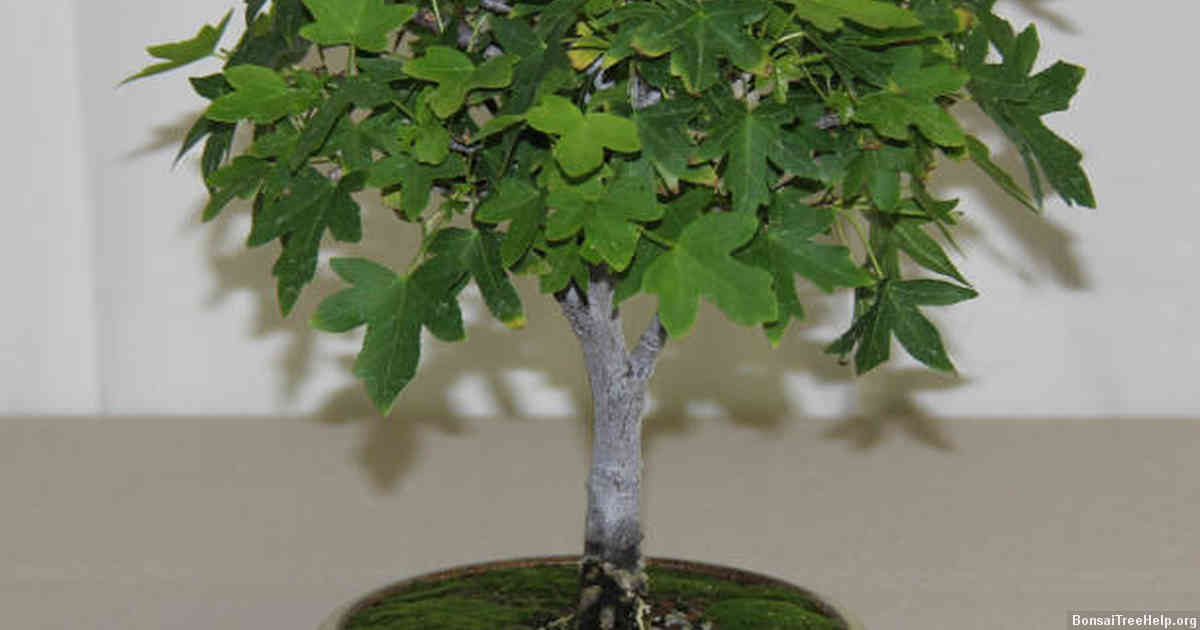
The term bonsai is derived from two Japanese words: “bon”, which means tray or pot and “sai” which means plant. Bonsai has become a widely recognized form of art and design that combines symbolism with cultural beliefs, aesthetics, and personal stories to create an aesthetically pleasing but highly meaningful piece of work.
Symbolic representation in bonsai design stretches far beyond just the physical features of the plants used – they can contain both positive and negative interpretations depending on their placement within the tray or pot and overall composition. For example, in traditional Chinese-style design, asymmetry is seen as attractive since it reflects balance between order (yin) and chaos (yang). Asymmetrical pieces are also thought to evoke feelings of serenity since they have elements of imperfection to them. Texture plays a big role in symbolic bonsai designs – soft textures are often associated with femininity while rough textures are thought to symbolize strength or masculinity.
Color holds significant meaning when it comes to symbolic interpretation in bonsai arrangements. Traditional Japanese culture associates white with purity and innocence while green is seen as a sign of life-long endurance; other colors may represent particular emotions such as red for passion, yellow for joyfulness, blue for tranquility, purple for nobility etc. By combining various elements together in one arrangement – such as color choice and placement of foliage – a truly individualized statement can be created with deeper underlying meanings that go beyond simple aesthetics alone.
Bonsai Appreciation as a Mindful Practice: Reconnecting with Nature through Relaxed Observation
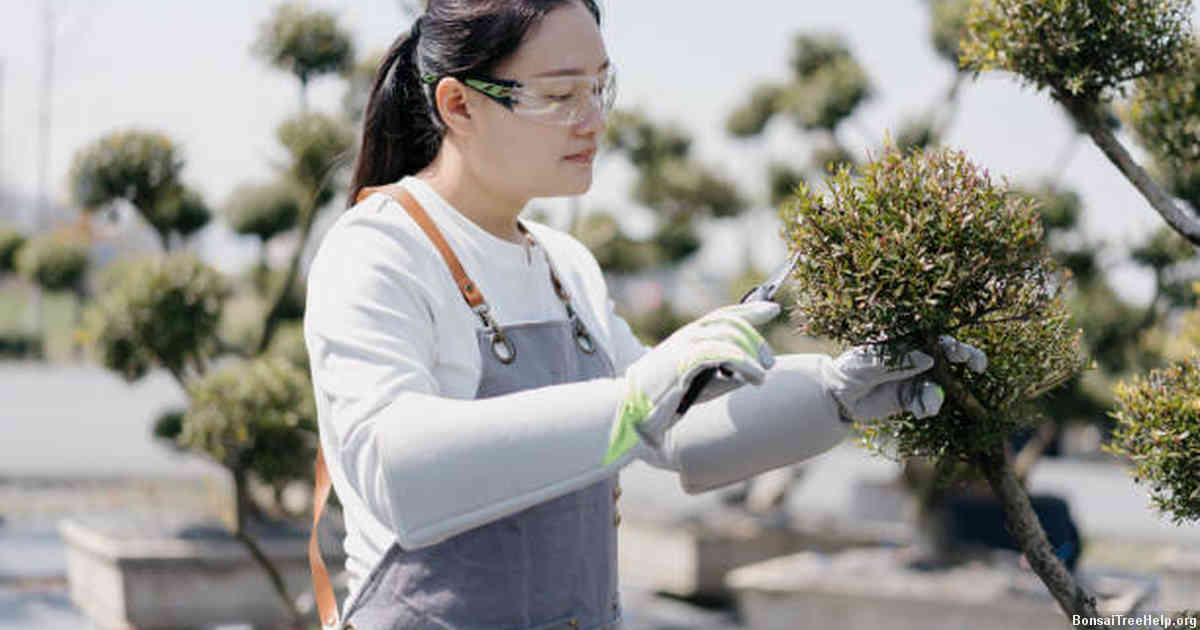
Bonsai appreciation can be both a relaxing pastime and spiritual practice. Taking a few moments to observe the bonsai’s intricate details, we are reminded of the beauty of nature in small form, with living things rooted within the here and now. By reconnecting with this natural existence in our own personal way, it allows us to develop an inner peace while still challenging ourselves with its curation.
A bonsai is more than just a beautiful tree or plant – there is something mystical about its delicacy that invites calmness and contemplation for those who give it attention. While taking time to look at how each unique leaf reflects its environment, a peaceful harmony takes hold as our cares drift away. The act of studying and understanding this special art form helps us learn resilience through survival: no matter what happens, these living sculptures find strength in their size and tenacity towards life’s adversities.
Attention to detail also fosters appreciation when caring for one’s bonsai trees or plants; from knowing what kind of light they need to learning which humidity levels keep them thriving best – by having a deep respect for their presence we can create meaningful relationships that last for years down the line. It’s about taking care of something without expectation but rather out of pure intention – valuing life itself whatever shape or form it may take on.
Leave a Reply